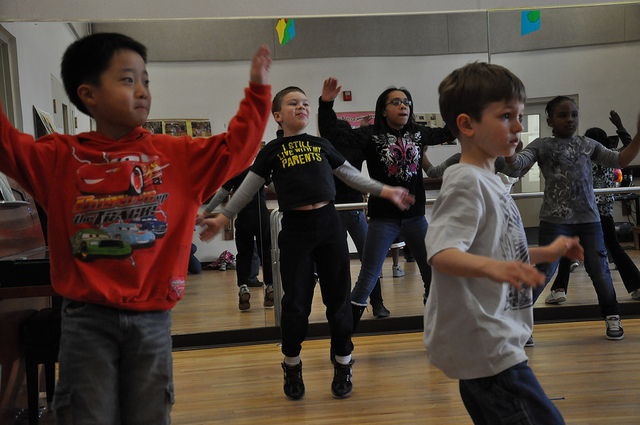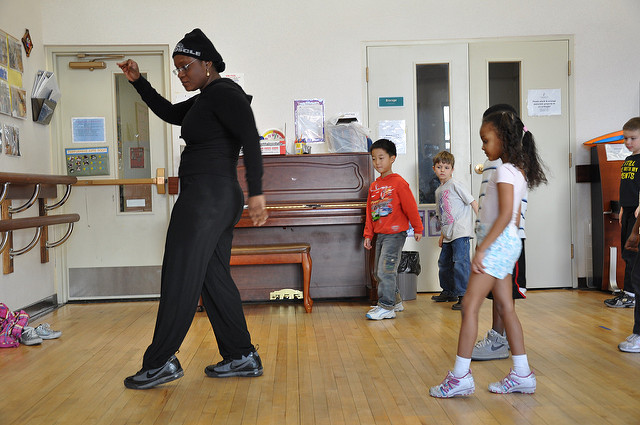Different learning styles is part of being human. Dance instructors who ignore this may become frustrated when one or more of their students can’t pick up the choreography or follow instruction.
In his 2001 book, Teaching and Learning Styles: VARK Strategies, Neil Fleming suggests there are three ways of learning: visual, auditory, and kinesthetic.
There are a variety of different learning styles theories. Psychologist Howard Gardner ups the ante and says there are actually seven different ways.

Not everyone is successfully following along, despite attentiveness.
Educate yourself on student learning styles and their implications for teaching. From there, you could offer a learning styles assessment for students when they become members. Alternatively, you could implement a broader set of teaching strategies, and/or use this knowledge as a tool when having trouble with a student. Here’s a summary of the Gardner’s seven learning styles, aka “Multiple Intelligences”:
Verbal
These learners prefer using words, both in speech and writing. Teaching in this way is perhaps the most familiar to instructors. In other words, you tell a student how to do something, and the student completes it. Additionally, if instructions are written on a whiteboard or on a handout, the dancer can easily understand and follow through.
Visual
As the term suggests, visual learners have to see it. A dance teacher can’t just tell these students how to perform a task. Instead, these learners need to have a diagram before them, see a photo or watch a live demonstration or video of other dancers doing the same steps. Then, they will be able to pick up the information and do it on their own.
Kinesthetic
Kinesthetic learners need to get up and actually do it. Listening to instructions or watching someone else move through choreography isn’t enough. These learners need to get on their feet and go through every step in order to pick it up. Then they can process it, actually start dancing, and remember it more easily.
Aural
Aural learning is about hearing, but it is different from verbal learning. These learners need to use sound and music to understand their instructions. For example, a student who is told about the choreography and walked through the steps may not actually do well until the music element is added. When the music is on, the dancer can move with the rhythm, take cues from the flow of the music and distinct parts of the composition. This will help him or her pirouette or axel as required by the choreography.
Logical
Learning in this way is a little more scientific or mathematical than most people will encounter in the dance studio. Yet, there may be some dancers whose brains are seeking logical reasoning. These kinds of learners recognize patterns easily and typically work through problems and issues in systematic ways. These dancers will like it when you create agendas and to-do lists, or rank lessons in order of importance for learning.
Social
These learners do well taking instruction with other people. They like a large class size. They prefer learning from others in the group and their learning is often heightened when they can bounce ideas off of others. Social learners will commonly be chatty. Thus, keeping these dancers focused in class might prove a bit of a challenge. When it comes to working together as a team, these learners will be all in.
Solitary
This hardly needs explanation: solitary learners learn best on their own. These people are independent, introspective and often more private. A solitary learner may prefer practicing when the studio is less crowded or empty. Additionally, teachers should understand that even when these learners get one-on-one instruction, their tendency for introspection leads them to only really seek clarification of whatever they don’t understand. They may get frustrated with lessons that point out information they feel they already grasp. The challenge with these types of dancers is when you need them to be part of the group. In those situations, be prepared to offer encouragement to get them involved.
Photo Credits: USAG – Humphreys under the Attribution 2.0 Generic License

